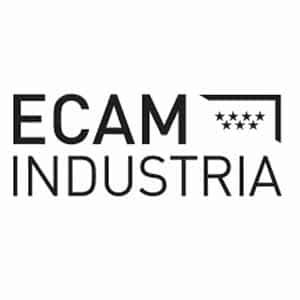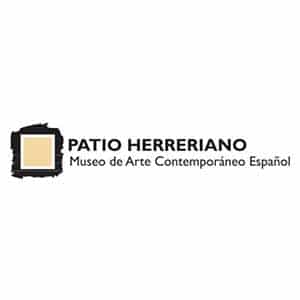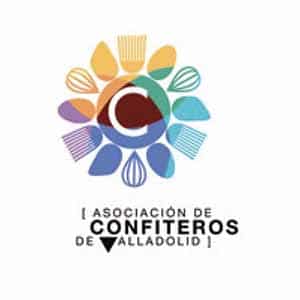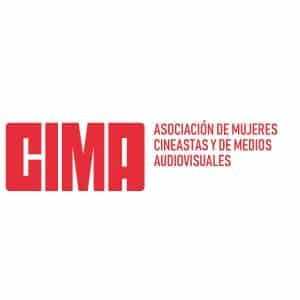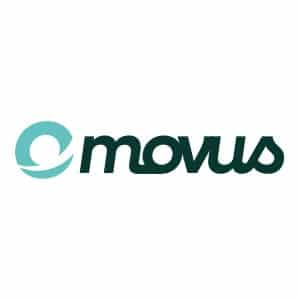- Directors Alexander Horwath, Kamal Aljafari and Andrei Ujică and producer Maria Choustova, prime examples of the significant increase in the use of archive material in filmmaking today.
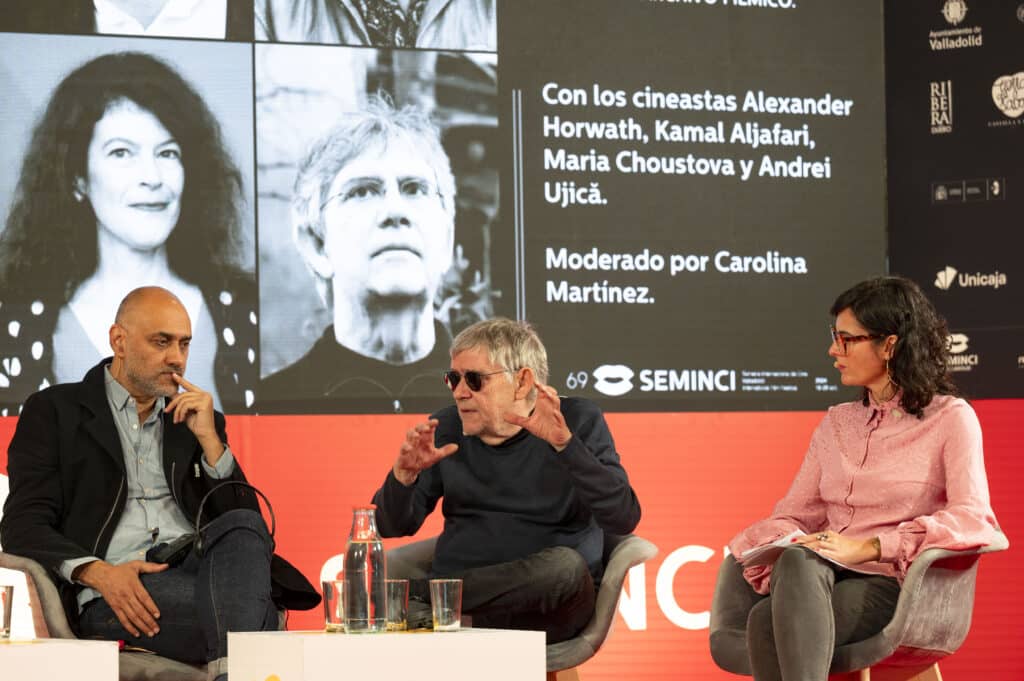
Valladolid, 24 October 2024. As part of the Time of History section of the 69th edition of the Valladolid International Film Week (SEMINCI), Maria Choustova, Alexander Horwath, Andrei Ujică and Kamal Aljafari, who are presenting their latest films as part of the Time of History section, have come together in a round table discussion entitled Thinking Cinema: Recovering History. The four filmmakers have a great deal of work behind them constructing meaning, with different techniques and reflections, through film archive images.
‘Every filmed image automatically becomes an archive image’, Maria Choustova, producer of The Invasion and founder of the production company Atoms & Void together with Sergei Loznitsa, her husband and director of the film, opened the debate. Her approach, together with Loznitsa, in the creation of The Invasion has been similar to previous work they have done from different archives. ‘In terms of production, when you work with archival material there is a strong component of negotiation. Sometimes it’s about money, sometimes it’s about political agenda and censorship. It’s true that there are certain issues that make working with these kinds of images a bit more unpredictable and perhaps more challenging,’ he acknowledged.
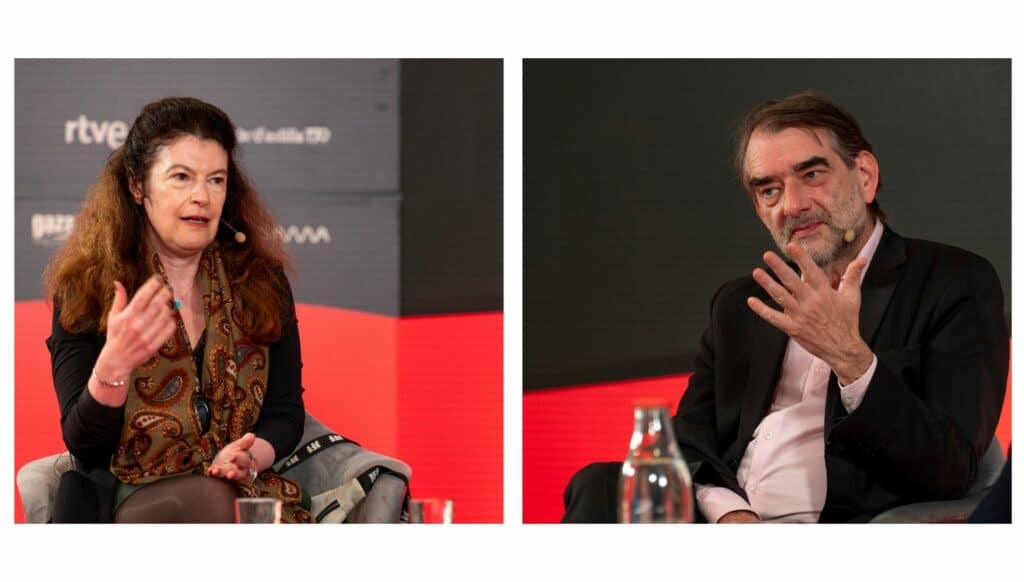
In relation to this, Alexander Horwath, director of Henry Fonda for President, professor and director of the Austrian Film Museum in Vienna, unravelled several questions about the philosophical debate involved in archival work, not of a private personal collection, but of bringing together materials from different sources: ‘There is the question of who in the future will find interest, time or places to access these archives.’
He also acknowledged that the last 30 years have seen a significant increase in the use of so-called archive materials. ‘In reality, it is a practice that comes from avant-garde cinema, because the best-known documentaries of the 50s, 60s and 70s were not based on working with these materials, cinema vérité, for example’.
One of the main questions that has been raised in the conversation has been the essayistic nature of working with the archive and how, through different techniques of intervention on the image, such as montage or experimental techniques, meaning is constructed from images that have already been recorded. Andrei Ujică, who mixes images of the Beatles and superimposed illustrations by the French visual artist Yann Kebbi in his film TWST – Things we said today, concluded that, in a work that reinterprets knowledge about history, the artistic component and its strength as an expressive motor is important.
With an intervention on the image similar to Ujică’s, Kamal Aljafari, director of A Fidai Film, has reflected, in relation to his own work on the Palestinian archive requisitioned by the Israeli state, on how the reappropriation of images can be reversed through intervention on the archive: ‘Basically, if you lose everything, you end up going back to what has already been filmed. This has been my intervention, what I would call doing cinematic justice to the image, paying attention to things that were not the main subject of the fragments that were originally recorded in order to re-evoke spaces or cities that no longer exist through reassemblies of films, newsreels, etc.’.
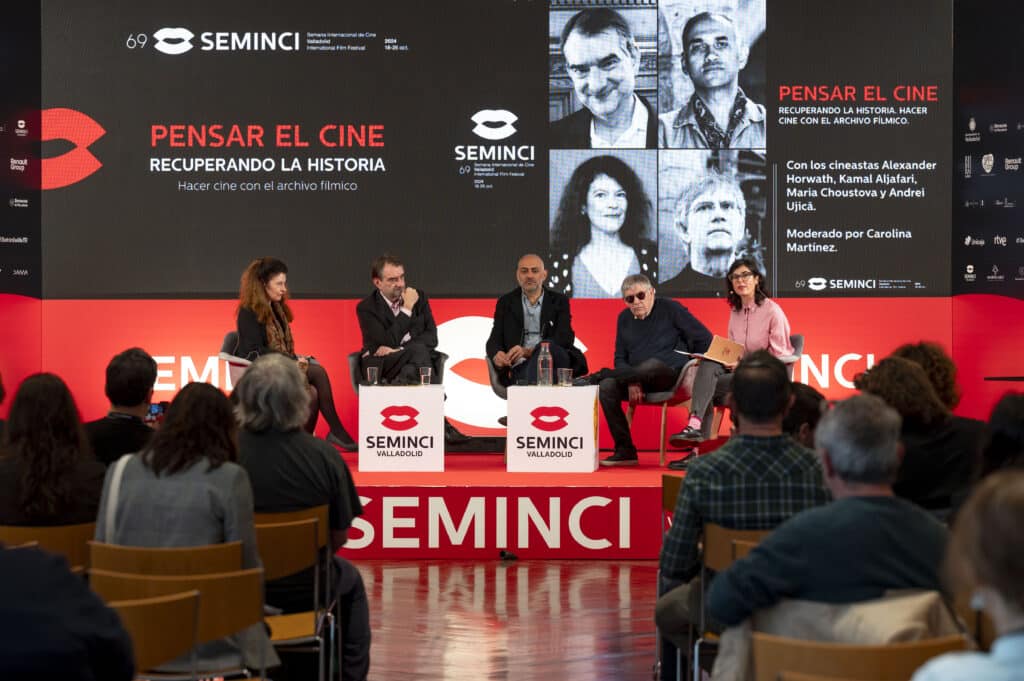
The message that is constructed with these images is therefore as important as their search, according to Alexander Horwath: ‘The visual essayist looks for ruptures and likes to present archival material as something strange. I understand that the job of essay filmmakers like us is to access the archive and make it strange again, because it is strange. The 1920s or the 16th century, if you’re honest, is something different compared to our contemporary experience, and it’s important to maintain that when working with images.’
The films of the four filmmakers present at SEMINCI openly discuss how we have constructed narratives over the years, and how these existing images can reconvert our gaze by illuminating the present from the past.
Press contact:
983 42 64 60
prensa@seminci.com

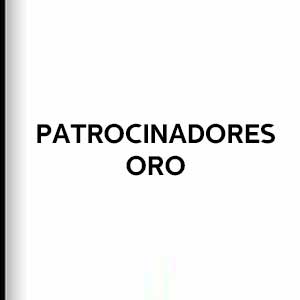
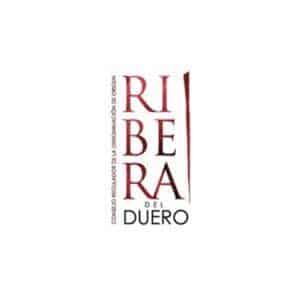


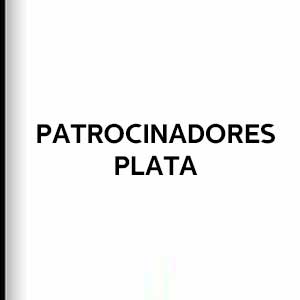



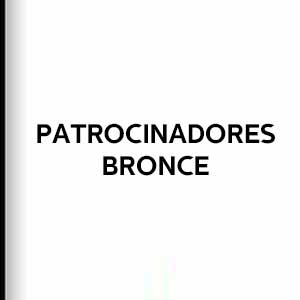

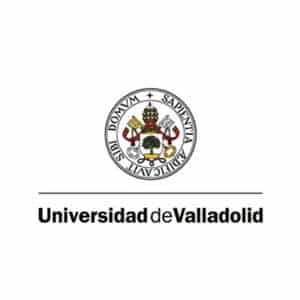

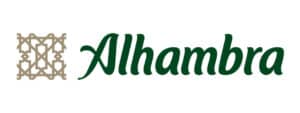



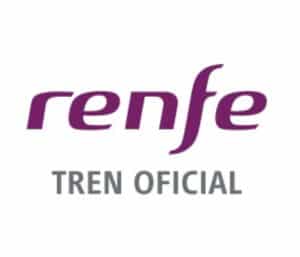
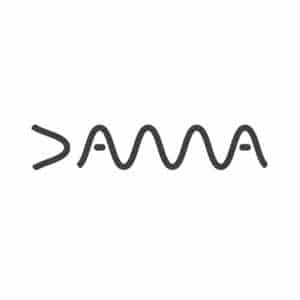
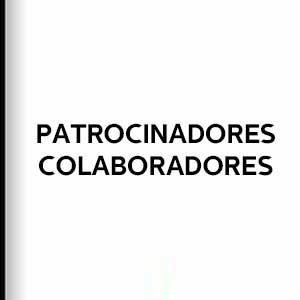
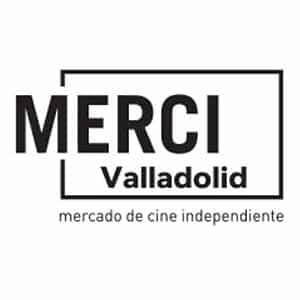
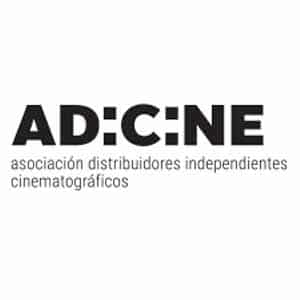
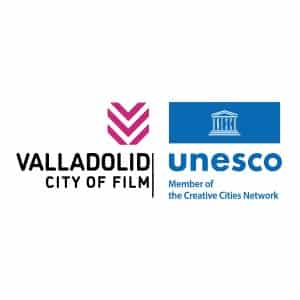
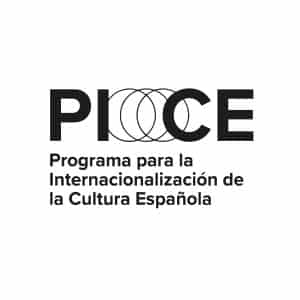
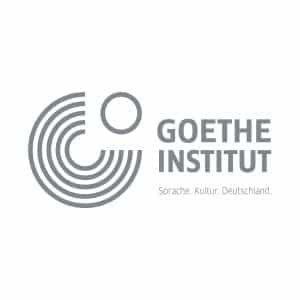
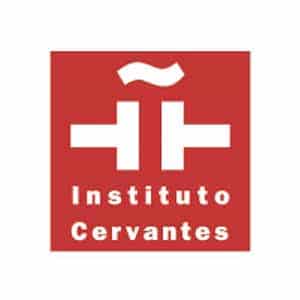
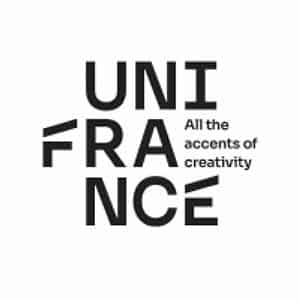
![Logo Foro Cultural de Austria Madrid[1]](https://www.seminci.com/wp-content/uploads/2024/09/Logo-Foro-Cultural-de-Austria-Madrid1-300x76.jpg)
